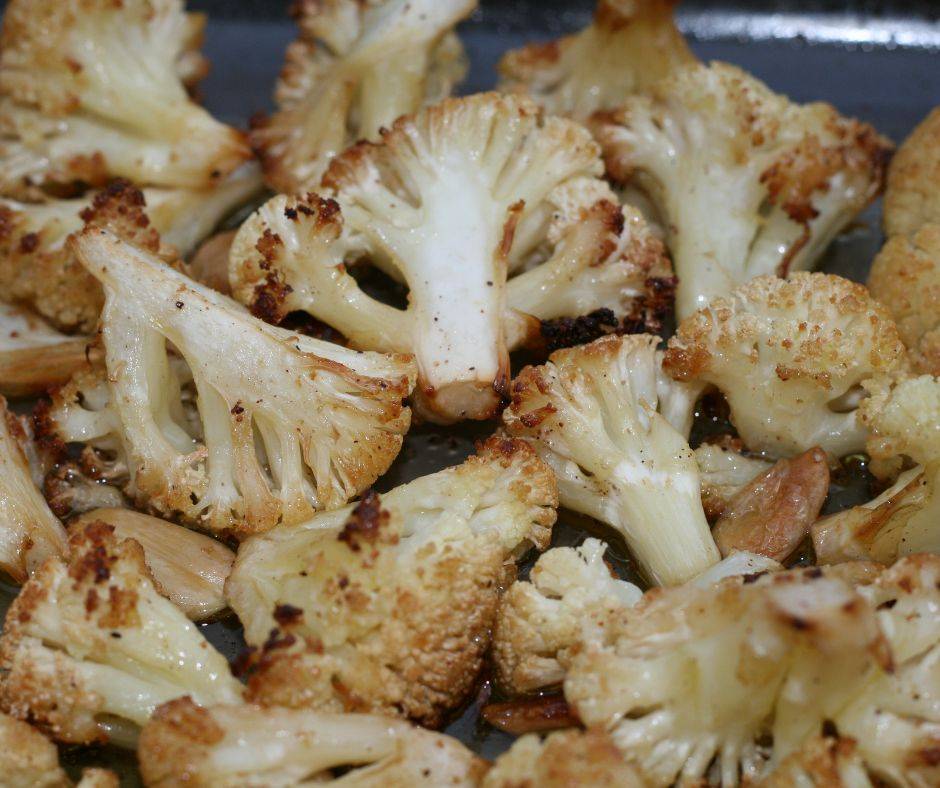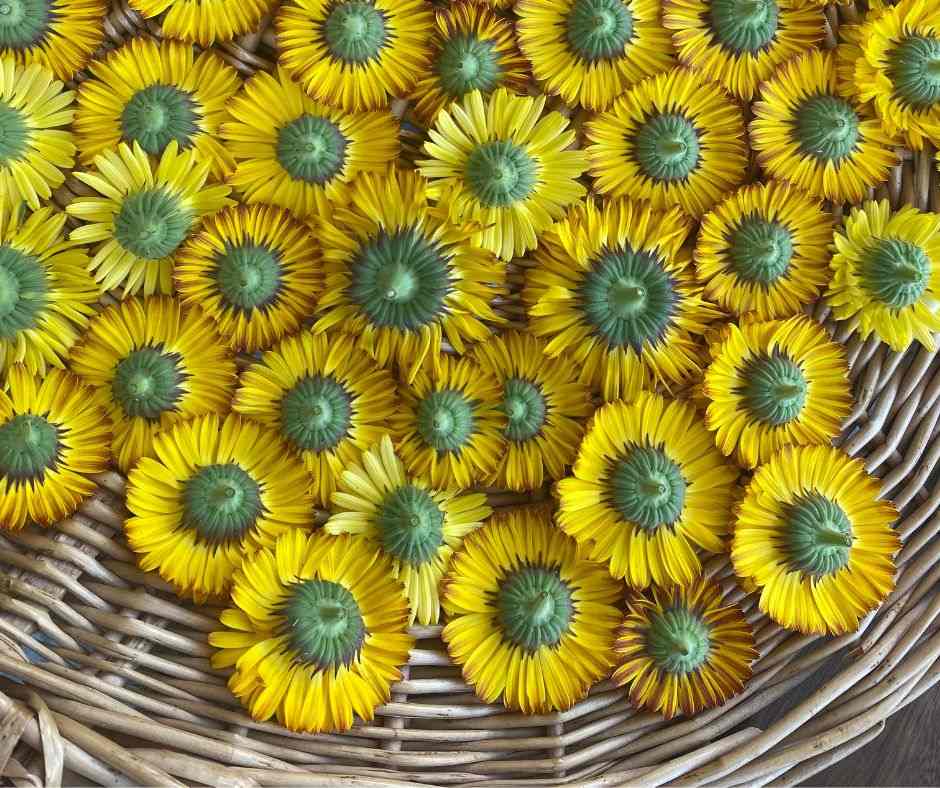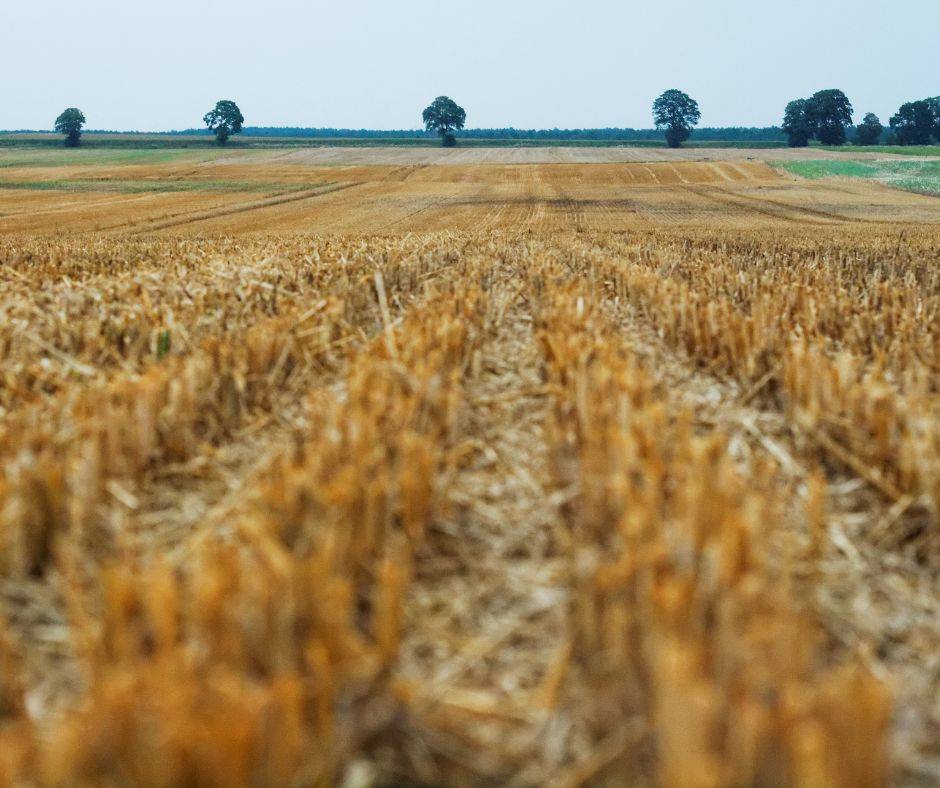Connections between how we feel and the state of our breath have been demonstrated for thousands of years within yogic teachings and the ancient medical systems of Ayurveda and Chinese Medicine. Today there are endless western medical studies that further prove the positive effects of smooth and unrestricted breathing on physical and psychological health.
Breathing affects respiratory, immune, nervous, and hormonal systems. It alters digestion, moods, energy levels, and sleep. It can cause us to explode in reactive behavior or help us remain calm and centered under pressure.
It is important to place a fully integrated and flexible breath at the center of our yoga practice with all patterns of movement emanating out from this center. Recovering the natural flow and movement of the breath almost always takes dedicated and focused attention.
Throughout our growth we unconsciously develop disordered breathing habits and recovery involves removing obstacles that have been hindering the full and natural expression of the breath.
Breath Anatomy
There are a number of structures that contribute to and facilitate breathing.
The respiratory muscles are categorized as primary (lower in the torso and are used for complete breathing) and secondary (higher in the body and act as helpers).
The most important muscle involved in breathing is the diaphragm which is a long and broad flap of muscle that sits near the center of the torso. The lungs and heart sit above it and the digestive organs below. In a healthy full breath, the diaphragm lowers and expands putting pressure on the abdominal organs. On the exhale the diaphragm draws upward into a closed umbrella shape thereby expelling air from the lungs and allowing space back into the belly.
Get Familiar with the Breath
To begin, it’s important to get familiar with how the breath is flowing without any manipulation. Find a comfortable position to rest in a warm room. Be sure to wear loose clothes, undo any hair ties, belts, or other restrictive accessories. Rest and aim to breathe naturally. Allow the inhale and exhale to flow without any manipulation. Use this opportunity to get curious about your particular breathing style. Remember – maintain a sense of exploration. Resist the urge to change the breath in any way. What do you discover?
A few helpful guidelines to follow:
Notice how the breath affects the body. Does it start in one area and then move out to other more distal areas? Or does it seem to sink inwards? Do you feel it more strongly in some places and in other places it feels void or non-existent?
Notice the pacing and the length of the breath. Are your breaths long or short? Fast or slow? Do the rate and length change? Or do they stay the same? Are the inhale and the exhale the same or different?
Notice restriction in the breath. Are there uneven patches in the breath? Do some areas of the breath or body feel tight or limited in some way?
After the inquiry give yourself some time to release any concentration on your breathing and relax. You may also find it helpful to record in a journal what you discovered.








